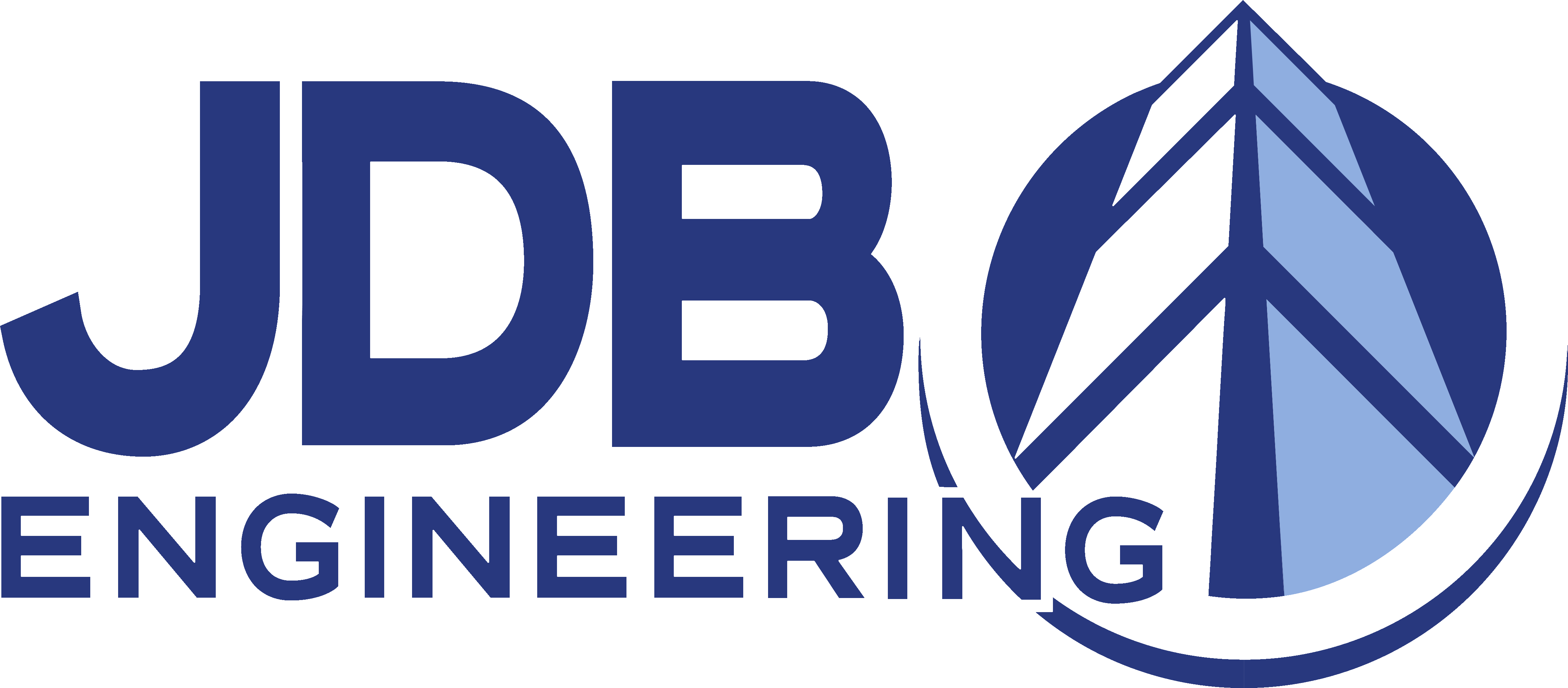JDB Engineering, Inc. proudly announces that Thomas G. Schubert, PE, recently achieved Leadership in Energy and Environmental Design (LEED) Green Associate certification from the U.S. Green Building Council (USGBC). A LEED professional credential, awarded by the USGBC, signifies an individual is a leader in the field and an active participant in the green building movement. A LEED Green Associate designation […]
Tag Archives: LEED
By Timothy A. Warren, PE, LEED AP BD+C As Design Professionals, engineers have a responsibility to be stewards of the environment. Since buildings consume nearly 40% energy and 40% raw materials, while also producing 30% of the waste output in the United States, our approach to building design has immediate and long-term impacts to the […]
By Timothy A. Warren, PE, LEED AP, Vice President Over the past several years many people have misused the term “commissioning” when referring to design and construction projects. More often than not, they use the term in reference to a green building project, frequently viewing commissioning only as a step within the LEED Certification process. […]
by Scott D. Butcher, FSMPS, CPSM (The following is adopted from Scott Butcher’s presentation of the same title, recently delivered as keynote of Historic York, Inc.’s annual meeting and at several Rotary Clubs.) Recently, while conducting research for a presentation, I came across a simple yet profound statement: “The greenest building in the world is […]
The Greenway Tech Centre has added another award to its growing trophy case. The project received the Overall Excellence award from the Green Building Association of Central Pennsylvania. The project is also recipient of a 10,000 Friends of Pennsylvania Silver Award for urban redevelopment as well as a York County Community Foundation Eyster Award for […]
The renovation of the former York County Court House and conversion into the York County Administrative Center has received an “Energy & Atmosphere” award from the Green Building Association of Central Pennsylvania. This is not the first award for the project, which also received an Eyster Energy Efficiency Award from the York County Community Foundation […]
by Scott D. Butcher, FSMPS, CPSM “Green Building.” Lately it seems as though these two words have been getting a lot of attention. One newspaper article touts the success of a recent “certified” Green Building; the next touts the million-dollar budget overrun of a planned Green Building. So what, exactly, is a green building, and […]
JDB Engineering, Inc. is providing full-service engineering for a new 15,000 sq. ft. Community-Based Outpatient Clinic for the VA Maryland Healthcare System. The project will be constructed at Fort Meade, MD. At the request of the Veterans Administration, JDB Engineering is using Autodesk Revit to design the facility using Building Information Modeling (BIM). The project […]


